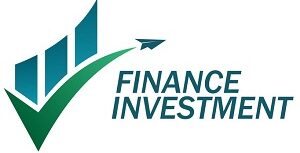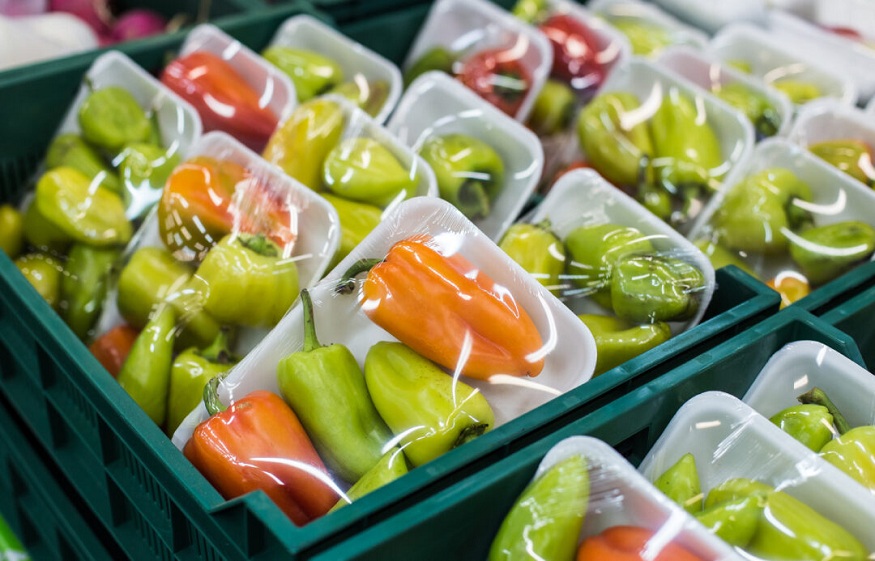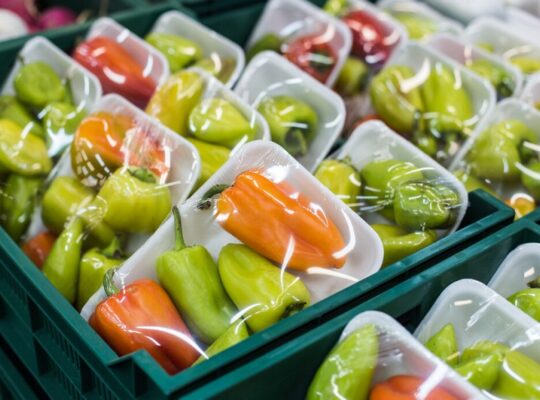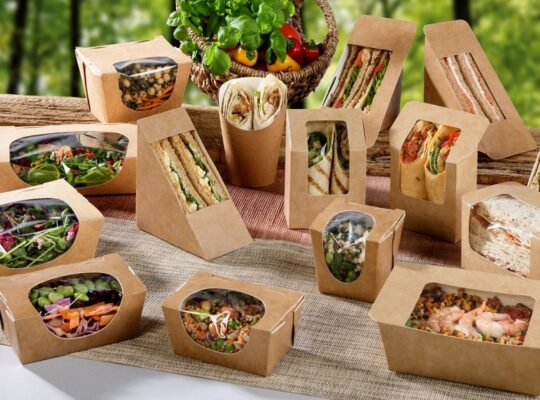It is important to make food packaging sustainable so that there is a more sustainable world today. By generating large quantities of packaging waste each day, the food sector contributes to the greater problem of packaging waste, and conventional materials are inevitably destined for landfills or the sea. Paper-based food boxes have been a popular choice for a long time, but these too have environmental issues when produced, utilized, and discarded without thinking of sustainability. The good news is that important breakthroughs and careful consideration are changing our perspective on environmentally friendly food packaging. The course to truly sustainable food packaging requires examining the packaging materials’ entire life cycle, from the origin of raw materials to the production process, usage patterns, and the choice of disposal at the end of their useful lifespan. All of this involves considering where the fiber comes from, the processing methods, the applied coatings, and recycling facilities in the case of paper boxes specifically. Both the producers and the consumers can make more environmentally sound choices based on the knowledge of these considerations.
Using Conventional Food Packaging to Identify Changes to the Environment
Most conventional food packagingpackaging includes the use of plastic materials derived from fossil fuels and contributes greatly to carbon footprints from fossil fuel usage. Even standard food paper boxes tend to have coatings or linings that make them difficult to break down naturally. In landfills, it takes hundreds of years to decompose and emulate greenhouse gases in the process. Moreover, conventional food packaging production often requires a great deal of energy and water.
Outside of production and disposal, there are further environmental costs. Chemical additives for conventional packaging might pollute the food and the environment, and carbon emissions rise through the transport of packaging material and finished goods.
These difficulties demonstrate why switching to sustainable food packaging options is now not just preferred but also required for ethical corporate conduct and environmental protection.
Plant-Based Substitutes for Ecological Food Packaging
Using materials derived from plants is one possible approach to sustainable food packaging. These substitutes are made from renewable materials such as cornstarch, mushroom roots, seaweed, agricultural waste, and other such items. They are based on petroleum but the plastic materials can decompose spontaneously under the right circumstances and come back to the ground without leaving any hazardous leftovers like petroleum-based plastic. Making food paper boxes out of agricultural waste is a nice waste-cutting technique to make use of things and develop useful packaging.
Food packaging made from sugar cane fiber, cassava starch, and even algae is one example of a recent breakthrough. These materials have a smaller environmental impact while providing similar food protection qualities.
Eco-Friendly Food Paper Box Innovations
In recent years, the simple paper box has experienced a tremendous change. To make them compostable, sustainable food paper boxes now have cutting-edge features like water-based coatings in place of plastic linings. Some producers have created food paper boxes with seeds contained in them, which, when reused, can sprout into plants when buried in the soil.
Food paper boxes now require less material while still being structurally sound, thanks to advanced production techniques. While creative folding designs do away with glue and other materials, compression techniques make stronger boxes with less fiber. Businesses of all sizes may now more easily and affordably use sustainable food packaging thanks to these advancements.
Reducing Food Packaging Material Use
Sustainability is about using less, not just about changing materials. While preserving functionality, minimalist design techniques for food packaging can greatly lessen their negative effects on the environment. Because they use less energy to manufacture and ship, lighter food paper boxes have a positive environmental impact on the supply chain.
Innovative design strategies remove superfluous components from environmentally friendly food packaging without sacrificing safety. For example, folding techniques inspired by origami can be used to create structural supports without the need for extra materials. These methods show that ecologically friendly food packaging can be both useful and economically viable.
Methods of Recycling and the Circular Economy
Food packaging that is really sustainable takes end-of-life situations into account from the very start of the design process. Because recyclabl food paper box enable materials to be collected and repurposed into new goods, they promote the ideas of the circular economy. Effective recycling, however, necessitates both consumer involvement and suitable material selection.
Utilizing a single kind of material for food packaging, or monomaterial methods, streamlines recycling procedures. Recovery rates can be increased by processing food paper boxes without metal fasteners or plastic coatings in regular paper recycling streams. Some forward-thinking businesses have created closed-loop systems in which they gather and recycle their eco-friendly food packaging, guaranteeing that resources are put to good use rather than ending up in the trash.
Food Packaging Sustainability and Consumer Education
Consumer awareness and involvement are critical to the success of sustainable food packaging programs. To guarantee that products enter the appropriate waste streams, food paper packaging should be clearly labeled with information on appropriate disposal techniques. Informed purchasing decisions can be promoted by educational efforts that emphasize the environmental advantages of selecting goods in sustainable food packaging.
Consumer trust is increased, and the market expansion for sustainable food packaging solutions is supported by openness regarding their environmental qualities. By placing QR codes on food paper boxes, customers can choose to make ecologically responsible decisions to see comprehensive info on the sourcing of materials, manufacturing methods, and disposal methods.
The Economic Justification for Eco-Friendly Food Packaging
While environmental reasons explain a large part of the interest in this type of packaging, there are strong financial arguments for the use of sustainable food packaging. The increasing demand for products in sustainable food packaging has shown that many consumers are willing to pay additional prices for these products. The advantage of early adoption is that they are seeing that more and more sustainable packaging solutions are preferred or required under global regulatory trends.
Recently, with the rising awareness of protecting the environment, food service companies can gain a positive image by using sustainable food paper boxes as well as other environmentally friendly packaging. This also makes the commercial case strengthened by the further fact that the difference between the cost of traditional and sustainable food packaging expands less as the volumes of production and technology develop.
The Direction of Eco-Friendly Food Packaging
Future developments in sustainable food packaging seem bright and creative. Investigating novel biomaterials from marine resources, agricultural waste, and even carbon capture technologies will broaden the range of possibilities for environmentally friendly food paper boxes and other packaging designs. Food waste might be decreased by smart packaging that uses sensors to track food freshness, which would add another level of sustainability to initiatives.
Conclusion:
As environmentally sustainable stewardship becomes the norm and not the exception with the government, corporations, and consumers, sustainable food packaging will likely be the norm as well. The food sector can overcome the packaging disability through sustained innovation, education, and cooperative action across the value chain to make packaging a source of environmentally beneficial demonstration. To get to genuinely sustainable food packaging takes dedication and ingenuity, but the environmental benefits of this move are extremely important for the future of their world.










